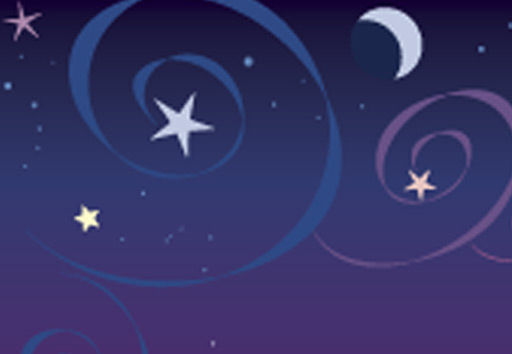BY Carol Lutsinger is a NASA/JPL Solar System educator and ambassador Texas Space Grant Consortium collaborator and American Astronomical Society resource agent [email protected] Newspaper in Education
If we do get some clear skies this month, or even one night this week, find a safe dark site and enjoy the view of the cloud of starlight that runs almost east to west to see the Milky Way. The eastern endpoint is south of due east and the western endpoint is north of due west because of earth’s tilt. The Great Square of Pegasus is low in the west by 8 p.m. slowly drifting towards the due west point at the horizon while the rectangle of Gemini is about the same distance above the horizon almost due east.
The brilliant star Sirius that marks the nose (or rabies tag) of Canis Major is emerging from the southeastern horizon just south of the Milky Way and Canis Minor is just above the trail of those same stars.
The canines are accompanying Orion and Auriga who are chasing Taurus the Bull, Zeus in disguise, who is running off with the Seven Sisters. Perseus is almost at the zenith following the W of Cassiopeia. I must admit there is almost as much intrigue in the stars as there is on television programs. To see the outlines of the constellations you may want to go online to Skymaps.com to download a current map of the constellations.
If you are a regular column follower then you have heard the stories about these constellations before. If you are new to the column then you may want to go online to a kidfriendly site to read a softer version of the myths.
The public library also has books suitable for children and young adults to read.
The star Sirius is such a beauty to see on a clear cold dark night; all the colors of the spectrum seem to radiate from it. If you like to read, then you might seek out the book Theodoric’s Rainbow to learn more about the spectrum and how astronomers use it to determine the elements that compose stars and how the temperature of them affects the colors. Sirius is a blue-white star, young and really hot. Its brightness or magnitude is used to compare the magnitude of all other stars.
The red star in Orion’s shoulder is old, expanding, and could go “supernova” in our lifetime. Stars have a definite “life-cycle” even though they are not living.
They form from a massive cloud of gas and dust called a nebula. When enough matter collects forces create a protostar that eventually becomes a yellow star like our sun, a blue giant, or a red dwarf, depending on the amount of matter each one has gathered to its mass.
Keeping our focus on Orion, use that Christmas telescope or a good pair of binoculars to scan the region below the three stars of Orion’s belt to view a lovely glow of gasses that form the Orion Nebula. This is where the sword of Orion rests when he is not battling Taurus.
Go online to the Astronomy Picture of the Day website to see incredible images taken via the Hubble Space Telescope or other observatory telescopes and sit back and be amazed.
Those images are made over several hours collecting light and are impossible for our eyes to detect because we cannot collect that much light.
We are only human after all. But what sights to see via the Internet; just check it out yourself to see what I mean.
Until next week, KLU.





